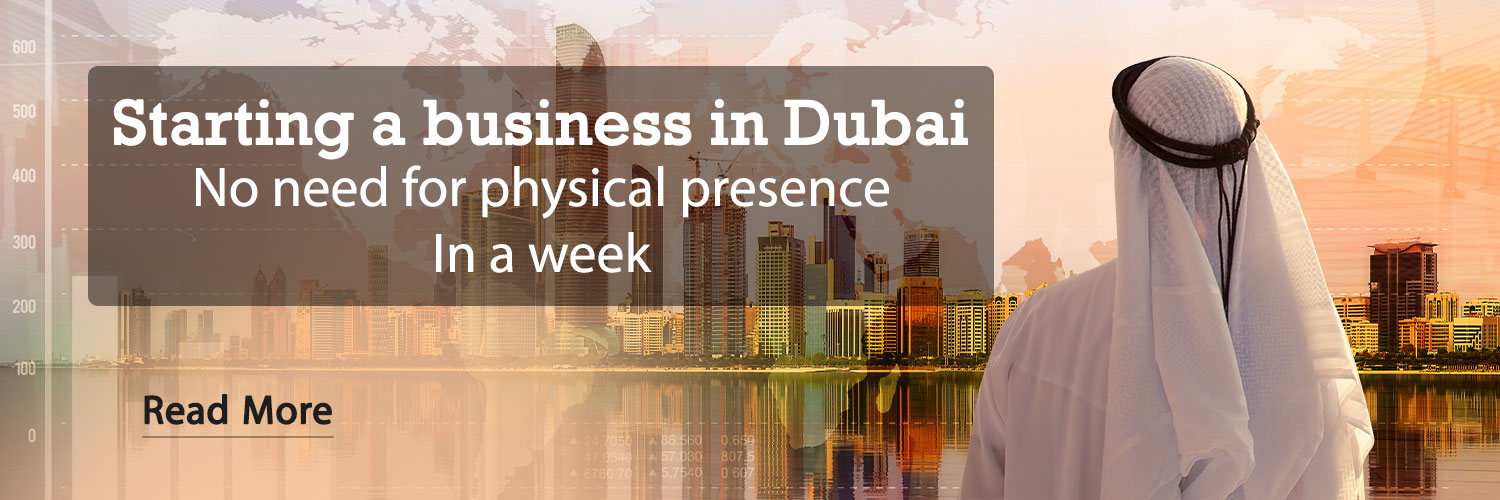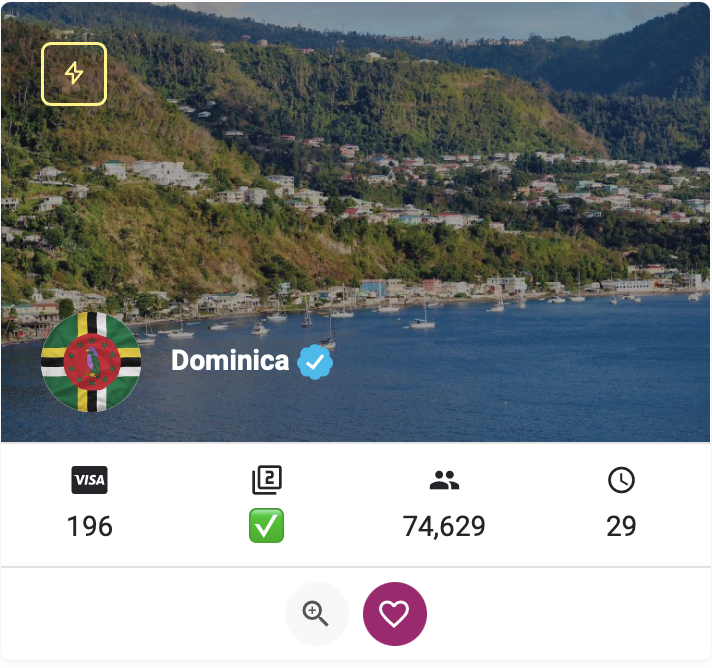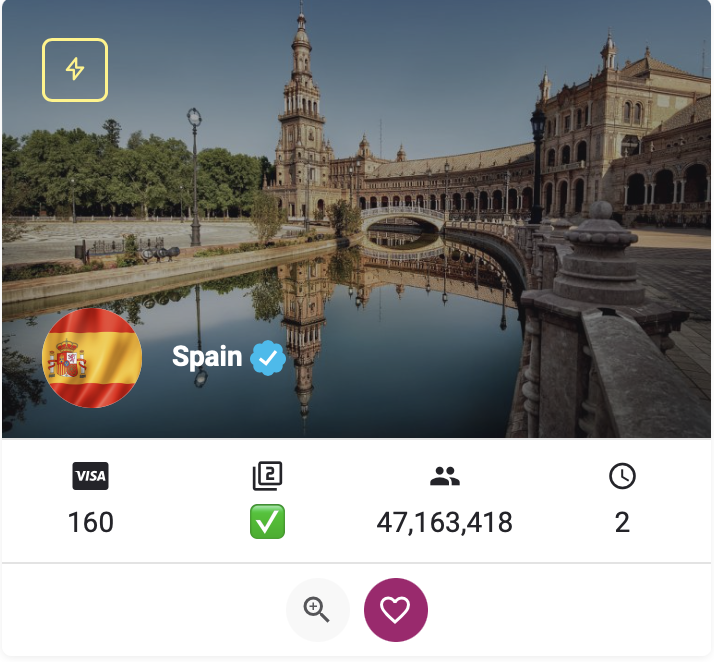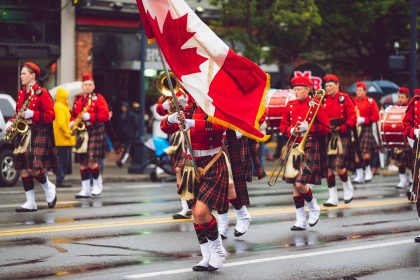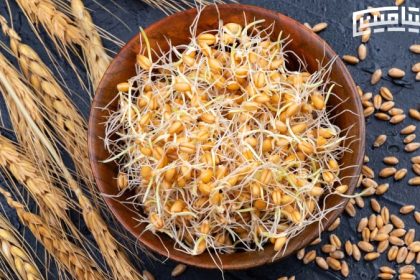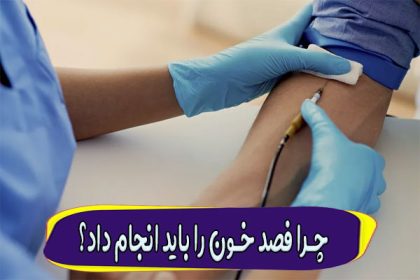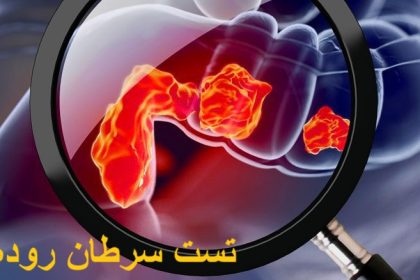Is the exercise good for varicose veins? Is it possible to treat varicose veins with exercise? If yes, which exercise can we do to treat varicose veins? Varicose veins are actually bumps and swelling in the veins close to the surface of the skin and usually occur in the veins of the foot.
For many people, varicose veins are just a beautiful concern; But varicose veins can cause pain and discomfort and sometimes cause more serious health problems. In this post from phytamin, we discuss the theme of varicose veins and introduce a few sports for varicose veins and improve it.
What is varicose veins and what are its types?
Varicose means bumps and swelling of the veins below the surface of the skin; Any vein near the surface of the skin may develop varicose veins. This problem usually occurs in the veins, as standing and walking increases the pressure in the veins of the lower part of the body.
The varicose veins are divided into different types based on their intensity, location and appearance; Varicose varieties are mild, moderate and severe intensity. But varicose varieties based on location include:
- VeinA: In the big vein of the thighs and feet.
- Vein: Usually the back of the knee and ankle is seen.
- Branch varicose veinsA: Branching veins that appear under the knee.
- Spider varicose veinsA small red or blue capillaries that are most commonly seen on the surface of the foot.
- Network varicose veins: Subcutaneous lattice with red, green or purple.

What is the cause of varicose veins?
Varicose veins occur when the walls of the veins are weakened. If the walls of the blood vessels are weak, the higher the blood pressure, the more the veins will be dilated. As the vein is drawn, the valves that are responsible for directing blood flow in one direction will no longer work properly. As a result, the bloodstream slows down and accumulates inside the vein, causing swelling, bumps and twisting of the veins. This may occur for a variety of reasons; Including:
- Increased age
- Long -term standing
- Hormonal effects
- Overweight
Symptoms of varicose veins
The most obvious symptom and symptom of varicose veins are screwed veins that are blue or purple just below the surface of the skin. The symptoms of varicose veins include:
- Highlights
- Feeling heavy on the legs
- Itching
- Pain
- Ankle swelling, legs and feet
- Skin discoloration and skin ulcers
How is varicose veins treated? (How many strategies to treat varicose veins)
Although varicose veins have no definitive cure, treatment can improve both the appearance of this varicose veins and reduce its annoying symptoms such as pain and swelling. Varicose treatment methods include:
- Holding the legs: To increase blood flow and reduce pressure in the veins, it is recommended that you place your feet above the waist several times a day. This exercise can be useful and effective for varicose veins.
- Varicose socks: Supported socks or socks compress the veins and reduce discomfort. This compression prevents the stretch of the veins and helps improve blood flow.
- Sclerotherapy (therapeutic injection): In this way, the doctor injects a special solution into the vein. This solution attaches the walls of the vein to each other and eventually becomes the scar tissue and disappears.
- Laser therapy: In a low -invasive method called intravenous thermal calculator, doctors use a catheter (thin and long tube) and laser to close the damaged vein.
- Outpatient fabectomy: In this way, the doctor will make several small cuts or holes next to the varicose vein and then tie and remove the vein.
- Intravenous surgery: In this method, also called ligament and stripping, the surgeon closes the injured vein (ligament) to prevent blood accumulation. In some cases, the vein is completely removed (stripping) to reduce the likelihood of varicose veins.
Why do you need to exercise to treat varicose veins? (The benefits of exercise for varicose veins)
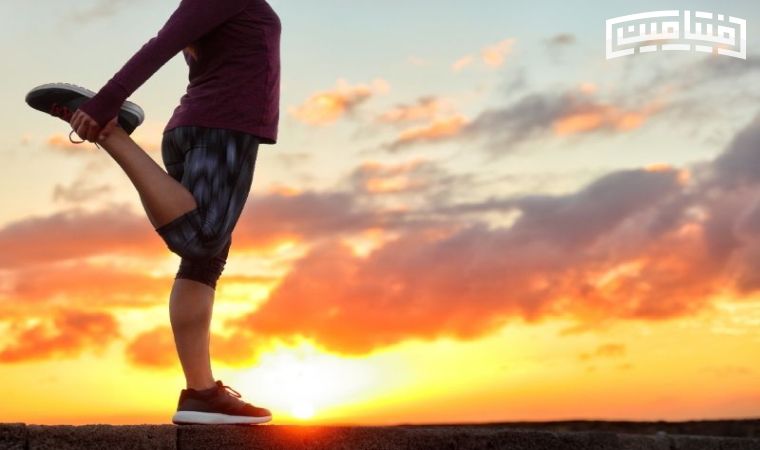

Exercise helps to treat varicose veins by improving blood circulation, strengthening the leg muscles and reducing pressure on the veins. “But Does it eliminate varicose veins?
The short and explicit answer is: No; Exercise cannot destroy varicose veins. When varicose veins occur, it is no longer possible to completely destroy. But that does not mean that the exercise is impaired. Exercise can help reduce the symptoms of varicose veins and temporarily reduce pressure on the veins. As a result, exercise is useful for varicose veins but cannot cure it completely.
The best exercise for varicose
As expected, the best exercises to reduce the symptoms and appearance of varicose veins are in the category of aerobic exercise. Below are some sports for varicose veins.
Walk
Regular walking is the best recommendation for people with varicose veins. Your feet are in the leg muscles. Every time you walk, your leg muscles act as a pump and compress the vein temporarily, which directs blood to the heart.
Stretching the legs (like standing legs)
In this exercise, you engage in your leg muscles and lift your heels from the ground. This movement can be done in a sitting or standing position. This exercise is especially useful for people who are not able to walk.
Ankle rotary movements
One of the great exercises you can do when watching a movie, behind the desk or even in bed! Move your foot so that the toes are first up and then down (such as pressing the gas pedal). This will help improve blood flow to the foot.
Swimming
Unfortunately, with age, diseases such as varicose veins and arthritis are common. How can an elderly person with veins walk with arthritis knees?! The best thing to do is walk and swim in the water. Swimming does not put pressure on the joints and allows the muscles to strengthen. But the benefits of swimming are not limited to this!
Water acts as a natural compressive sock, so in addition to moving the muscle pump during swimming, water also helps to compress the veins. That means a two -equal effect!
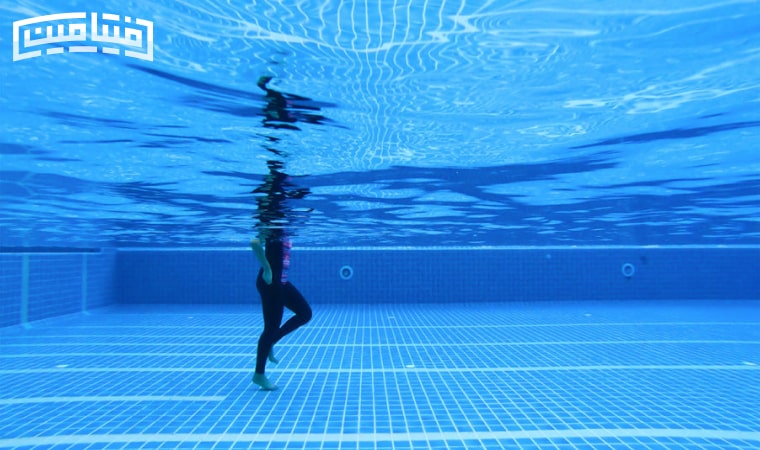

Harmful movements for varicose veins
Which exercise is forbidden and harmful to varicose veins? No exercise is completely prohibited for the disease, but some exercises may increase the pressure on the varicose veins.
Exercises that need to be forced, such as Heavy weights or squatCan increase blood pressure. This increase in pressure puts additional pressure on the varicose veins.
Activities such as Jumping or pressing the legs with heavy weightsLike running or rope, they can put a lot of pressure on the veins and exacerbate varicose veins.
Important things to know about exercise with varicose veins!
Now that we have introduced the best and worst sport for varicose veins, let’s tell you the tips for exercise. Some activities may worsen the symptoms of varicose veins. It is best to avoid these activities:
- Standing or sitting long -term; If your job requires a long standing or sitting, you should have regular stretching rest.
- Sitting on the legs cross -country (such as sitting in Iranian toilet for a long) can reduce blood flow to the legs. Always place your feet on the floor.
- Harvesting of heavy objects can put pressure on the feet. Learn the correct way to lift and do not push yourself.
- Avoid wearing very tight clothes, especially in the waist and legs. This can reduce blood flow.
Final speech
Varicose veins are called swelling and swelling of the veins under the skin. This can cause serious problems for us. Therefore, the varicose veins should be taken into consideration and the necessary steps should be taken to control it. In this post we mentioned a variety of ways to improve varicose veins and introduce several sports for varicose veins. If you have questions and ambiguities, write in the comments section to answer phytamin experts.
Resources: ClevelandClinic
RCO NEWS
RCO




